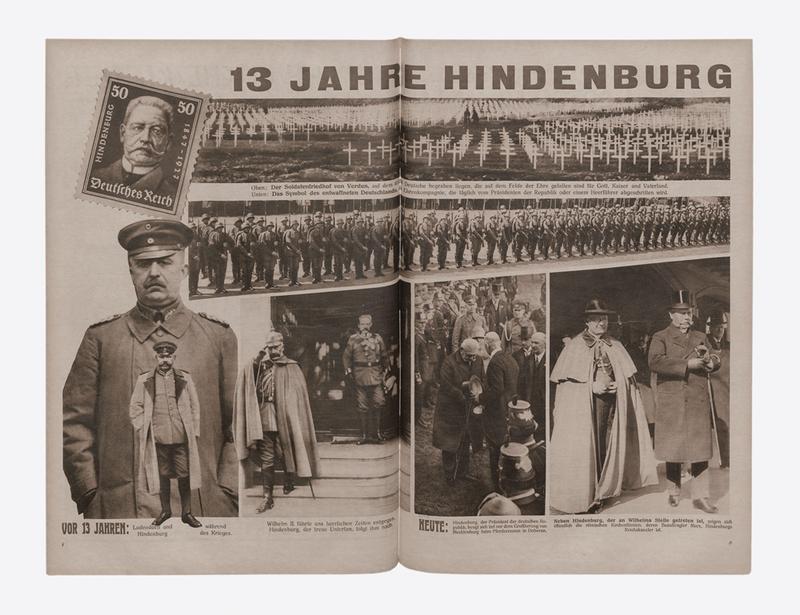The Arbeiter Illustrierte Zeitung and the German worker photography movement
The worker photography movement famously began in 1926 when the Arbeiter Illustrierte Zeitung (AIZ) announced a competition to solicit the best amateur photographs of worker life and political activism. Among other things, the magazine hoped that pictures of this sort, contributed by the AIZ’s own readers, would populate the periodical’s pages and eliminate a reliance on commercial photo agencies, which scarcely depicted the working man and woman’s life. Yet despite this aspiration and the movement’s eventual success, worker photographs appeared only sporadically in the magazine’s pages. Why was this the case? The article suggests that the AIZ’s posture as virulent critique of the “bourgeois press” left it fundamentally incapable of absorbing photographs that it sought to praise rather than attack. Moreover, as the article argues, most pictures from the movement were far too sober for this activist charge.

« 13 ans de Hindenburg », Arbeiter Illustrierte Zeitung, vol. 6, no 37, 28 septembre 1927, pp. 8-9. Staatsbibliothek zu Berlin/Preussischer Kulturbesitz.
Andrés Mario Zervigón is professor of the History of Photography at Rutgers University. He is the author of John Heartfield and the Agitated Image. Photography, Persuasion, and the Rise of Avant-Garde Photomontage (2012) and Photography and Germany (2017). He has also coedited Photography and Its Origins (2014),
Keywords: Arbeiter Illustrierte Zeitung, agitprop, Willi Münzenberg, photomontage, worker photography movement, proletarian image, Germany
Citation: Andres Zervigón, « L’image prolétarienne entre agitation politique et sobriété réaliste. L’Arbeiter Illustrierte Zeitung et le mouvement photographique ouvrier allemand », Transbordeur. Photographie histoire société, no. 4, 2020, pp. 38-49.